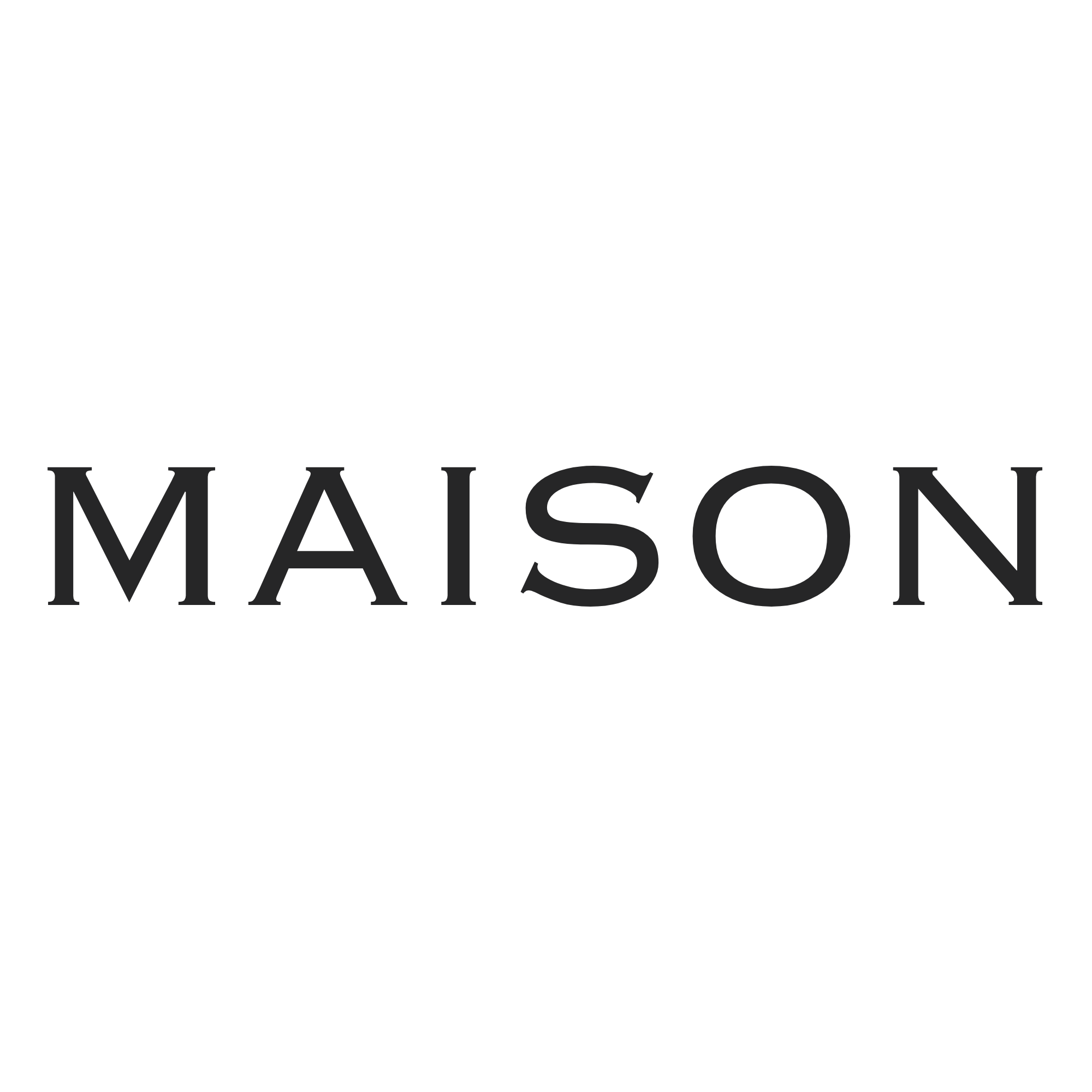From Mythic Symbols to Contemporary Power Icons
The visual language of authority has evolved significantly from ancient mythological representations to the sleek, abstract symbols we encounter in modern society. This transformation reflects not only technological advancements but also shifting cultural perceptions of power. Understanding this progression allows us to better interpret the symbols that dominate our contemporary landscape, from corporate logos to political emblems. For a foundational exploration of how mythic symbols, such as Zeus, have influenced modern design, revisit The Symbol of Power: Zeus in Myth and Modern Design.
Contents
- 1. Evolution of Power Symbols: From Ancient Myth to Modern Iconography
- 2. The Visual Language of Authority in Contemporary Culture
- 3. Mythic Archetypes Reimagined: From Zeus to Modern Power Figures
- 4. Material and Medium Transformations of Power Symbols
- 5. Semiotics of Power: Decoding Symbols in a Globalized World
- 6. The Ethical Dimensions of Power Iconography
- 7. Bridging Myth and Modernity: The Return of Mythic Elements in Contemporary Design
- 8. Conclusion: From Mythic Symbols to Contemporary Power Icons—A Continuing Evolution
1. Evolution of Power Symbols: From Ancient Myth to Modern Iconography
a. Transition from divine figures to abstract symbols of authority
Ancient societies often depicted power through divine figures such as Zeus, Ra, or Odin, embodying gods with human traits but divine authority. These figures served as tangible representations of divine right and cosmic order. Over time, however, societies shifted toward more abstract symbols—scepters, crowns, and flags—that conveyed authority without relying solely on mythic personifications. This transition reflects a move toward universal symbols that transcend specific deities, making authority more accessible and adaptable across different contexts.
b. The changing societal perceptions of power representations over centuries
Throughout history, perceptions of power have evolved from divine kingship to secular authority. During the Middle Ages, heraldic symbols and coats of arms became prominent, emphasizing lineage and territorial claim. The Enlightenment and modern political revolutions shifted focus toward national symbols, emphasizing collective sovereignty over divine right. This evolution illustrates society’s increasing reliance on shared, culturally constructed icons to legitimize authority.
c. Influence of technological and cultural shifts on power imagery
The Industrial Revolution and subsequent technological advances revolutionized power imagery. Photographs, mass printing, and, later, digital media allowed symbols of authority to reach broader audiences instantly. Modern branding, exemplified by corporate logos like the swoosh of Nike or the golden arches of McDonald’s, serve as contemporary power symbols rooted in visual simplicity and instant recognition. As technology continues to evolve, virtual and augmented realities are now emerging as new frontiers for power iconography, blending digital avatars with traditional symbols.
2. The Visual Language of Authority in Contemporary Culture
a. Modern logos, emblems, and branding as power symbols
Contemporary brands utilize minimalist logos that evoke strength and trust, such as the boldness of FedEx or the simplicity of Apple’s apple. These symbols operate as power icons, communicating authority, innovation, and reliability through streamlined design. Similarly, political emblems, like national flags or party logos, serve as powerful visual anchors that foster identity and allegiance.
b. The role of mass media and digital platforms in shaping perceptions of power
Mass media amplifies symbols of authority, often framing leaders and institutions in a manner that reinforces their power. Social media, in particular, has democratized the creation and dissemination of visual symbols, allowing individuals and movements to craft their own icons of authority—think of hashtags, profile pictures, or viral logos. This digital environment accelerates the evolution of power symbols, making them more fluid and context-dependent than ever before.
c. Case studies: Corporate and political icons that embody authority today
| Icon | Representation | Significance |
|---|---|---|
| Apple Logo | Minimalist apple silhouette | Symbolizes innovation and user-centric design |
| The Peace Sign | Circle with three lines | Represents peace and social authority |
| United Nations Emblem | Olive branches encircling a world map | Embodies international authority and diplomacy |
3. Mythic Archetypes Reimagined: From Zeus to Modern Power Figures
a. The enduring appeal of mythic qualities in contemporary leaders and icons
Despite the transition to abstract symbols, mythic qualities such as authority, wisdom, and divine right remain compelling. Modern leaders often evoke these qualities through imagery and rhetoric—think of the regal presence of political figures or the commanding aura of CEOs portrayed in media. The mythic archetype of Zeus, with his thunderbolt and regal demeanor, persists in modern iconography as a symbol of ultimate authority and control.
b. How modern figures embody mythic traits without direct mythological references
Contemporary leaders like Nelson Mandela or Elon Musk embody mythic traits through their vision, resilience, and transformative impact. They are often depicted with symbols of power—such as a commanding stance or iconic imagery—that resonate with archetypes of heroism and authority. These representations tap into universal themes, allowing audiences to project mythic qualities onto real individuals without explicit mythological symbols.
c. The psychological impact of archetypal symbols in leadership and authority
Research in psychology suggests that archetypal symbols evoke subconscious associations that reinforce authority and trust. The use of mythic elements, such as the thunderbolt or the eagle, can activate deep-seated archetypes that resonate universally, fostering a sense of legitimacy and charisma in leaders. This psychological effect explains why mythic themes remain powerful in modern visual culture and branding.
4. Material and Medium Transformations of Power Symbols
a. From stone and metal sculptures to digital avatars and virtual symbols
Historically, statues of gods and kings crafted from stone or bronze served as physical embodiments of power. Today, digital avatars—like those used in virtual meetings, gaming, or social media—serve as new manifestations of authority. These virtual symbols allow for dynamic, customizable representations that can adapt to different contexts and audiences, expanding the reach and influence of power icons beyond physical limitations.
b. The significance of materiality in conveying power in different eras
Material choices historically conveyed permanence and divine authority—gold, marble, and bronze symbolized eternity and grandeur. In contrast, contemporary digital materials prioritize flexibility, interactivity, and immediacy. The materiality of virtual symbols, such as pixelated icons or animated logos, influences their perception and impact, emphasizing accessibility and innovation over durability.
c. Augmented and virtual reality as new frontiers for power iconography
Emerging technologies like augmented reality (AR) and virtual reality (VR) enable immersive representations of authority. Leaders and brands are exploring virtual environments where symbols of power can be experienced interactively, offering a sense of presence and immediacy. For example, virtual ceremonies or AR-enhanced logos can reinforce authority in ways that physical symbols cannot match, heralding a new era of power iconography.
5. Semiotics of Power: Decoding Symbols in a Globalized World
a. Universal vs. culturally specific symbols of authority
Some symbols, like the eagle or the crown, have universal recognition, conveying authority across cultures. Others are deeply rooted in specific cultural contexts, such as the lotus in Eastern symbolism or the eagle in Native American traditions. Recognizing these differences is crucial for effective communication and avoiding misinterpretation in a multicultural world.
b. The semiotic shifts in interpreting power icons across societies
As societies interact and influence one another, the meanings of power symbols evolve. For instance, the swastika, once a symbol of auspiciousness in many cultures, was appropriated and transformed into a sign of hate in the West. Conversely, symbols like the peace sign have gained widespread acceptance but may carry different connotations in different regions. This semiotic fluidity highlights the importance of contextual awareness in interpreting and designing power icons.
c. Navigating ambiguity and misinterpretation in a multicultural context
Designers and communicators must carefully consider cultural sensitivities. A symbol that signifies authority in one culture might be meaningless or even offensive in another. For example, certain hand gestures or color choices can carry vastly different meanings worldwide. Developing a semiotic awareness ensures that power symbols communicate effectively without unintended negative connotations.
6. The Ethical Dimensions of Power Iconography
a. How symbols influence societal values and behaviors
Symbols of authority shape perceptions and can reinforce societal hierarchies. For example, the use of national flags in political rallies fosters unity but can also incite nationalism. Ethical use of symbols involves promoting positive values and avoiding manipulation that perpetuates inequality or discrimination.
b. The potential for manipulation and propaganda through iconography
Historically, regimes have exploited powerful symbols—like the swastika or the hammer and sickle—to rally support or intimidate opponents. In the digital age, memes, branding, and social media campaigns can manipulate symbols rapidly, emphasizing the need for responsible design and critical consumption.
c. Responsible design and representation of power in contemporary media
Designers and communicators bear responsibility for creating symbols that promote ethical values, inclusivity, and transparency. This involves avoiding stereotypes, respecting cultural differences, and ensuring that symbols do not inadvertently endorse harmful ideologies.
<h2 id=”myth-modernity” style=”font-family: Georgia, serif; color: #2C3E50; font-size: 1.8






Leave a Reply